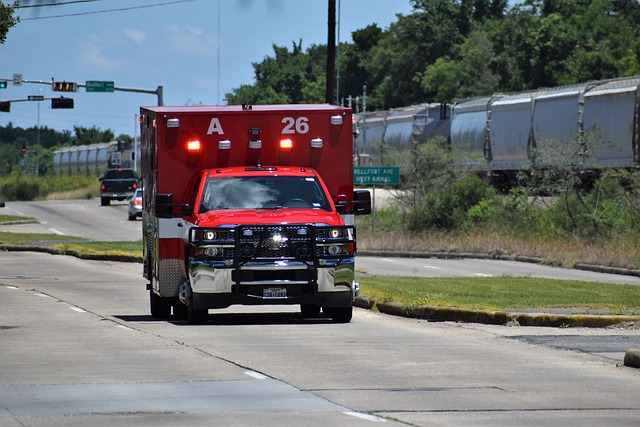Over one million workers are at risk of detrimental health effects due to diesel exhaust exposure.Theseadverse health effects include: irritation to the eyes and nose, headaches, nausea, and lung cancer. Railroad workers are among those most likely to be affected. Since most train engines are run by diesel, it is difficult to completely avoid diesel exhaust exposure. However, the Occupational Safety and Health Administration (OSHA) has provided the following administrative and engineering remedies to control the amount of exposure for locomotives as well as other diesel motor vehicles:
Administrative Controls
- Limiting speeds and using one-way travel routes to minimize traffic congestion;
- Prohibiting and/or restricting unnecessary idling or lugging of engines;
- Restricting the amount of diesel-powered equipment and total engine horsepower operating in a given area and ensure that the number of vehicles operating in an area does not exceed the capacity of the ventilation system; and
- Designate areas that are off-limits for diesel engine operation and/or personnel travel.
Engineering Controls
- Performing routine preventive maintenance of diesel engines to minimize emissions;
- Installing engine exhaust filters;
- Installing cleaner burning engines;
- Installing diesel oxidation catalysts;
- Using special fuels or fuel additives (e.g., biodiesel);
- Providing equipment cabs with filtered air; and
- Installing or upgrading main or auxiliary ventilation systems, such as tailpipe or stack exhaust vents to capture and remove emissions in maintenance shops or other indoor locations.
Railroad employees working on diesel powered trains have an elevated risk of lung cancer mortality. If you are a railroad worker who has been injured by diesel exhaust exposure, please feel free to call our firm for more information at 1-800-374-2144 or contact us through our website.





